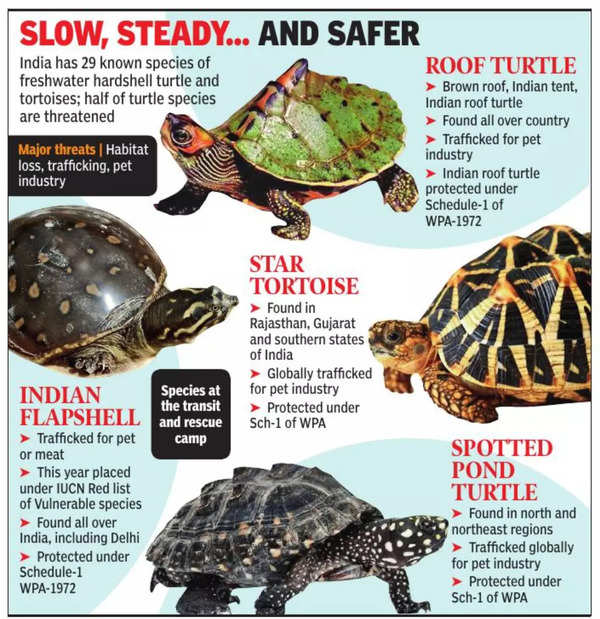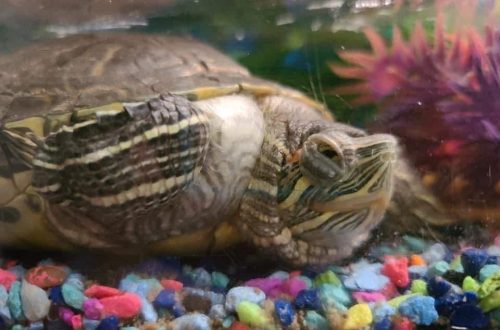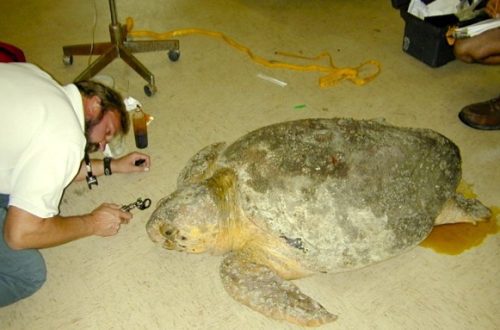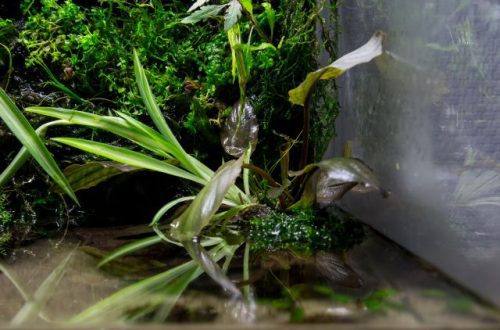
Rules for keeping turtles in other countries

GERMANY
ALL land turtles and some water turtles (the red-eared subspecies elegans, for example, there are special paragraphs for all this) are protected by law and are sold (and not only in theory, but in fact) only with papers confirming that turtles are not caught from nature, but born in captivity, as ONLY such are allowed to be kept. Almost everyone is very concerned about the legality of their turtles. That is, without documents, they will not buy in any case. Otherwise, you won’t run into problems. Because the turtle must be registered, and without papers this cannot be done. Without a document indicating who the seller or breeder is, the fine and the turtle are taken away.
Content
Land tortoises (ALL!!!) are allowed to be kept ONLY in outdoor pens with a greenhouse from May to September. From October to April, they MUST hibernate (with the exception of Africans, for example, who do not hibernate in nature). Vet visits before and after each hibernation. the doctor who records it all. It also checks if the turtle is registered. Once a year, photographs of the turtle are taken according to special criteria and sent to the town hall for the protocol. Since all land turtles are registered with the town hall, a check comes from time to time. Registration is IMPOSSIBLE, since each newborn turtle is registered by the breeder in the town hall, and when sold, the seller’s data is transmitted to the same town hall. It is impossible to sell unregistered turtles, because simply no one will buy them. Not to mention the fact that no one will ever try to sell them via the Internet, because if they get lost – an article for poaching – unthinkable fines. And all this is true – not only in words! By the way, a corral is not a meter by meter area with a fence, but a huge area of 5 squares. That is, only people with their own land can afford to keep land animals. The greenhouse must be heated so that the turtles can warm up there at night. For non-compliance – unimaginable fines, a ban on keeping animals and, of course, the confiscation of turtles!
As a last resort, if it is a large city, they offer to equip a balcony. Unglazed. The terrarium is only necessary – either it is preparation / withdrawal from hibernation – half of April, October, or rainy days in warm weather.
Terrarium dimensions
For each type of turtle (aquatic and not only) there is a calculation of the minimum size of the aquarium – for red-eared for example: aquarium length: at least 5 x shell length aquarium width: at least 2,5 x shell length depth (of water!!!!, not glass) at least 40 cm
That is, for a red-eared 20 cm – 100x50x40 water (!) At least! For each additional turtle + 10% of each value (length, width)
For land turtles, the size of the terrarium for adults is at least 160×60, preferably 200×100. The German Society for Herpetology and Terrarium Studies gives a trace. dimensions (minimum!) for ONE animal: length – 8 shells, width – half the length. For each next animal – 10% of this area.
Ground
Definitely and undeniably – the earth. Without fertilizer, dug up from your own garden or bought. This is accepted by all turtle farmers without reservation. Unanimous and unanimous. Twice I only stumbled upon the oppositionists. One had pine bark, the other had a coconut fiber substrate. They wrote, they say, we understand that it’s wrong, but the turtles are normal. Although these two types of soil are still allowed.
Temperature
Under the lamp – 35-38 Cold zone – 22 Night – 18-20 The terrarium should be in an unheated/poorly heated room. Turtles need a significant difference in day and night temperatures. Due to constantly elevated temperatures, turtles increase their metabolism, which leads to too rapid growth, which in turn leads to diseases of the bones and kidneys.
Food
Grass-grass-grass, in general, everything that is planted for turtles or grows by itself on the site. In the terrarium there are collected herbs, indoor flowers (creeping callisia is just a hit !, even in a pet store it doesn’t always happen, peppermia, tradescantia, aloe, violet, hibiscus, chlorophytum, prickly pear), herbs growing on the windowsill. Sets of seeds from 60 plants are on sale. They rise very well. By the way, all of them have potted or planted indoor flowers in their terrariums which are freely available for turtles. Hay is a must. Lies in many shelters / houses. It must be periodically turned over, ventilated, checked, because mold can appear from stagnation, which is not visible to the eye. Vegetables – carrots, zucchini do not cause controversy, all the rest are a subject for discussion. Lettuce leaves. All this is quite rare. Fruits and berries are even rarer. In nature, turtles do not have this, only grass, which means that in captivity it is not necessary. If some fruit or vegetable causes a dispute, everyone agrees on one thing – are there not enough plants? – collect or plant, beds, that is, or window sills. Sepia is a must. Calcium powder is also sold, it is poured onto some patch in the terrarium, the turtle will eat itself when it wants to. Pressed herbs from Agrobs are the only thing that can be made from ready-to-sell feed.
© 2005 — 2022 Turtles.ru





